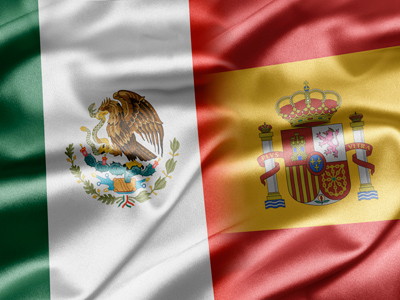
Comprehension - Quick Overview of Spanish Dialects
This Spanish Medium Review quiz will take you on a quick overview of Spanish dialects. During the Spanish Easy Review quiz series, and more specifically in the quiz titled ¡Bienvenido! Welcome to Spanish Easy Review and Its Alphabet, you learned that Spanish has several different dialects. In fact, there are 10 different Spanish dialects.
In the series of quizzes presented here on this site, the Latin American dialect has and is being used. At times the quizzes will point out how a word may be pronounced differently in a different Spanish dialect but there will not be much emphasis placed on teaching you this. However, to make certain that you are aware that words may be pronounced differently in different countries and in different regions within a country (as well as spelled differently), just as English can be pronounced differently in different regions in the United States, as well as in different regions of the United Kingdom, this quiz has been set up to highlight the different Spanish dialects that you might come across in your worldly travels.
Ready for more?
not all...
quizzers. Try to win a coveted spot on our Hall of Fame Page.







